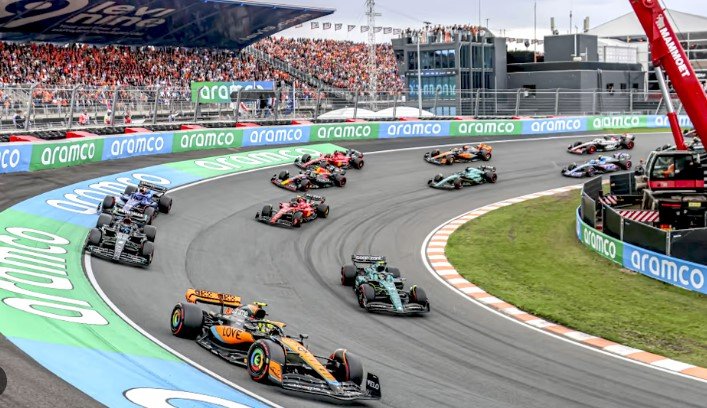Pit stops are a crucial element of motor racing strategy. They can make or break a race, influencing the outcome just as much as the car’s performance on the track. While drivers focus on speed and control, their teams prepare for the precise timing and execution of pit stops. In this post, we’ll explore the vital role of pit stops, how they impact the race strategy, and why they’re so important for securing victory.

Pit Stops: The Key to Quick Adjustments
Pit stops provide teams with the opportunity to make quick adjustments to the car during a race. These adjustments can range from tire changes to refueling, and even mechanical fixes. The goal is to optimize the car’s performance, whether it’s changing tires for better grip or ensuring the engine runs smoothly. Teams work quickly, as the faster a pit stop is, the less time the car spends off the track. A well-executed pit stop can give a driver a significant advantage by allowing them to return to the race with improved performance.
For instance, in Formula 1, tire strategy plays a major role. Teams choose the best tire compound based on track conditions and the race’s overall strategy. The timing of tire changes can be critical. Pit stops allow for these decisions to be implemented in real time, ensuring the car remains competitive throughout the race.
Timing and Coordination: A Well-Oiled Machine
The timing of pit stops is essential for maximizing a team’s performance. A delay in the pit stop, no matter how brief, can cost valuable seconds. Every second counts in motor racing, and even a 1-second delay can push a car out of contention. That’s why the entire pit crew must work in perfect harmony. Tire changers, fuelers, and mechanics must execute their tasks simultaneously and efficiently.
To achieve this, teams practice their pit stop routines relentlessly. Each member has a specific role, and every movement is carefully coordinated. A high-performing pit crew can change all four tires and fuel the car in just a few seconds. The level of precision and teamwork required during a pit stop can often be the difference between winning and losing the race.
The Strategic Use of Pit Stops
Pit stops are not just about changing tires and refueling. They are a key component of a team’s overall strategy. Teams use pit stops to adjust their approach to the race as conditions evolve. This includes adapting to tire wear, track temperatures, and the actions of competitors.
For example, in a long race, teams may decide to pit early to gain track position, hoping to gain an advantage when others stop later. Alternatively, a team might wait until the last possible moment to pit, hoping to make a quick run to the finish line. In endurance races, like the 24 Hours of Le Mans, pit stops are critical for keeping the car in top condition over an extended period. Teams must anticipate and react to the dynamics of the race, using pit stops to adjust strategy in real-time.
Pit Stops and the Driver’s Role
While the pit crew handles the physical aspects of the stop, the driver plays an important role too. The driver’s ability to manage their pace and timing influences when they will need to stop. They also need to ensure they return to the track without losing too much time.
Additionally, drivers work closely with their team to develop a strategy that fits the race’s conditions. Communication between the driver and the pit crew is essential, especially when the race situation changes. For example, if a driver is involved in an on-track battle, they may communicate with their team about pushing for a faster pit stop or delaying the stop until a more advantageous time.
The Impact of Pit Stops on Race Outcomes
The impact of pit stops on race outcomes cannot be underestimated. A fast, efficient pit stop can propel a car to the front of the pack, while a slow or poorly executed stop can cause a car to fall behind. In major races, pit stops often determine the final positions, especially in tightly contested races. Sometimes, a team’s strategy to extend a pit window or undercut their competitors can create the decisive moment.
In recent years, teams have become even more efficient, often reducing the time spent in the pit lane to just a few seconds. With such small margins separating the top competitors, every pit stop becomes a high-stakes event. The difference between a first-place finish and a fifth-place finish may lie in the execution of a single pit stop.
Conclusion
In conclusion, pit stops are an integral part of motor racing strategy. They allow teams to adjust the car’s performance, execute race strategies, and coordinate as a well-oiled machine. The efficiency, timing, and coordination of pit stops often determine the race’s outcome, making them a critical focus for both the team and the driver. Understanding the role of pit stops in strategy is essential for appreciating the complexity and excitement of motor racing.









